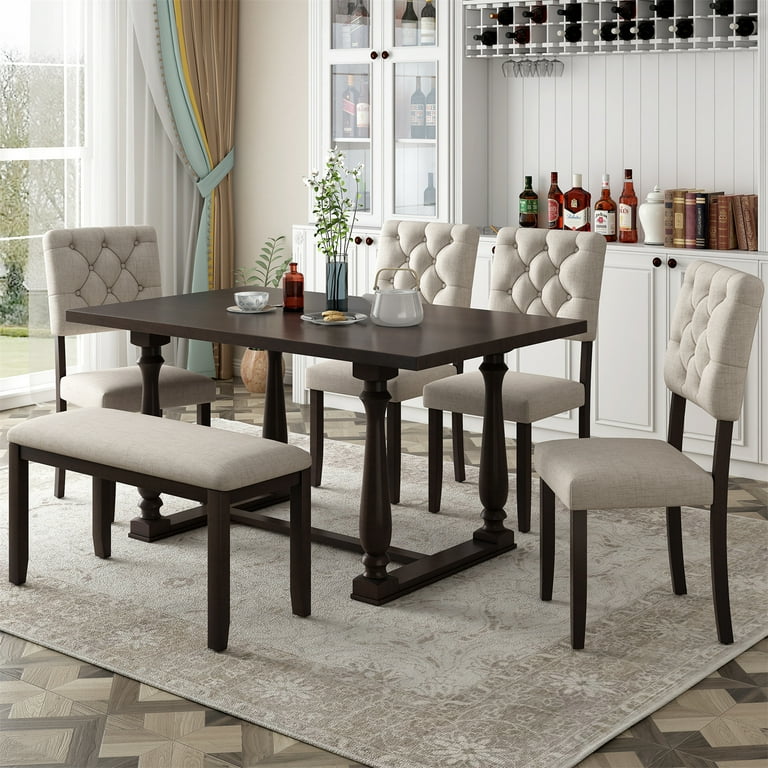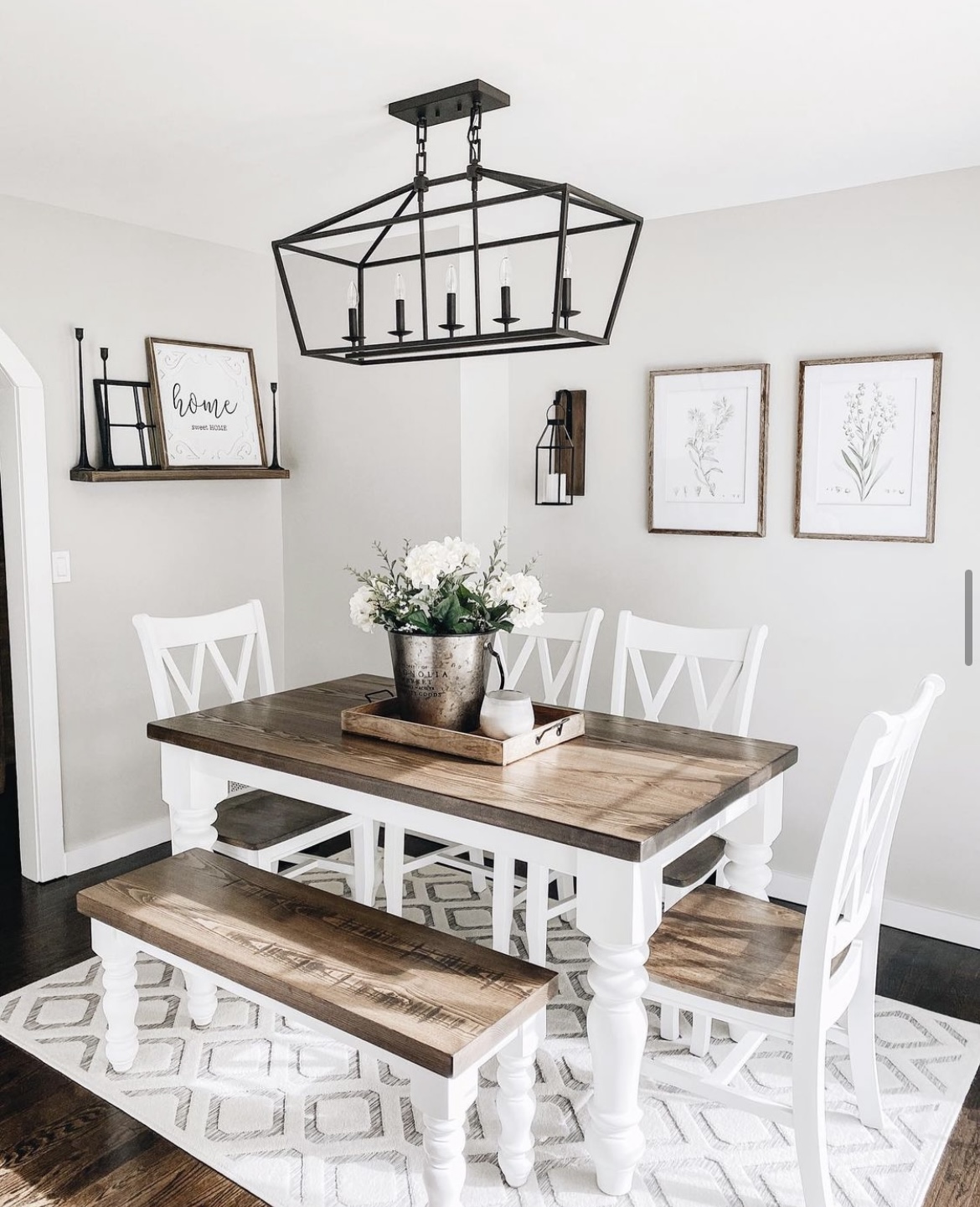The Top Trends in Dining Room Table Legs You Need to Know
The Top Trends in Dining Room Table Legs You Need to Know
Blog Article
Exactly How to Pick the Perfect Eating Space Table Legs for Your Home Décor
Choosing the ideal dining space table legs is a nuanced procedure that needs mindful consideration of various elements, including your room restrictions, visual preferences, and functional demands. The interplay between styles, products, and measurements can dramatically affect the setting of your dining area, making it vital to approach this choice carefully.
Assess Your Eating Area
Evaluating your eating area is vital for choosing the right table legs that complement both looks and functionality. Begin by measuring the dimensions of your dining area, including ceiling height, floor room, and closeness to various other furnishings. This information will certainly aid figure out the proper dimension and height of your table, which directly affects the selection of table legs.
Following, consider the design and design of your eating space. An open-concept style might benefit from table legs that provide aesthetic agility, such as slim steel or acrylic alternatives. Conversely, a much more typical setting might require sturdy wooden legs that offer a sense of durability.
Assess the existing shade palette and products in your dining area. Balancing the table legs with these elements produces a natural look that improves the overall design. In addition, consider the capability needed in your space. If you often host big events, take into consideration legs that supply extra support and stability.
Eventually, a detailed assessment of your dining area will lead you in making a notified decision, making sure that your table legs not just improve the aesthetic allure but also serve practical purposes.
Consider Your Style Preferences
When picking dining room table legs, it is necessary to assess your personal design preferences, as they dramatically influence the total visual of your eating space. Your option of table legs can either complement or comparison with existing décor, making it essential to align them with your recommended interior decoration motif.
If your home leans in the direction of a modern-day visual, think about streamlined metal or minimal wood legs that provide a tidy, uncluttered look. For a more traditional approach, ornate wooden legs with elaborate makings can add a touch of style and sophistication. Industrial styles take advantage of robust, basic materials such as reclaimed wood and steel mixes, reflecting a tough beauty.
In addition, farmhouse and rustic styles often favor tough, chunky legs that evoke a feeling of heat and convenience. Conversely, if your decor is eclectic, you may select unusual forms or a mix of materials to develop aesthetic rate of interest.

Evaluate Product Options
The option of material for dining area table legs plays a critical role in both toughness and visual allure. Usual products include timber, metal, and composite choices, each offering distinct features that can influence the total appearance and longevity of your table.
Timber is a traditional choice, known for its warmth and versatility. Woods like oak and walnut supply remarkable toughness and can be ended up in different discolorations to match any type of style. Softwoods like want are a lot more vulnerable to damages and scratches, making them much less suitable for high-traffic locations.
Steel legs, commonly crafted from steel or aluminum, exhibit modernity and commercial appeal. They are resistant and extremely durable to use, making them ideal for households with children or constant gatherings (dining room table legs). Additionally, steel can be completed in different colors, enhancing the customization opportunities
Composite products, such as MDF or laminate, offer cost and diverse designs. While usually much less resilient than strong wood or metal, they can still provide a stylish look and are often simple to preserve.
Eventually, the material you choose should straighten with your way of Going Here living, aesthetic choices, and the level of usage your dining table will certainly experience.
Determine Elevation and Size
Choosing the ideal height and dimension for your dining space table is essential for both functionality and convenience. The standard elevation for eating tables generally varies from 28 to 30 inches, permitting adequate legroom for many people when seated. It is essential to think about the dimensions of your eating room and the types of chairs you intend to use.

In addition, think about the proportions of your dining area. A larger table in a sizable area can develop a grand ambiance, while a smaller sized table functions well in even more intimate setups. Eventually, the right elevation and dimension will integrate with your this total decor and enhance the dining experience for you and your visitors.
Explore Customization Possibilities

In addition, the design of the legs can be customized to fit various designs, such as rustic, contemporary, or commercial. As an example, tapered legs can evoke a mid-century modern-day feeling, while chunky, block-style legs might reverberate with typical or farmhouse decoration.
Homeowners can additionally discover color surfaces, from all-natural timber spots to repaint, enabling them to match or comparison with the table top and bordering decor.
Moreover, leg elevation can be gotten used to fit details seating setups or personal preferences, improving both convenience and functionality.
Last but not least, one-of-a-kind decorations, such as carvings or ornamental braces, can even more personalize the table legs, making the dining experience not simply a meal but a statement item in the home. By taking into consideration these personalization alternatives, property owners can produce a dining area table that truly reflects their originality.
Conclusion
Selecting the optimal dining-room table legs requires mindful consideration of numerous factors, consisting of the measurements of the eating space, style choices, material toughness, and desired height. Personalization alternatives further improve the capability to attain a natural visual that complements the total decor. By systematically reviewing these elements, homeowners can make certain that the chosen table legs not only satisfy functional needs however likewise add positively to the eating experience and setting of the home.
Choosing the perfect dining space table legs is a nuanced process that needs cautious factor to consider of numerous elements, including your area restrictions, visual choices, and useful needs.Analyzing your dining room is crucial for choosing the right table legs that complement both visual appeals and functionality.When establishing size, measure the area where the table will certainly be put to ensure it fits comfortably, permitting for at the very least 36 inches of clearance around the table for easy movement. A larger table in a roomy location can produce a grand ambiance, while a smaller table functions well in more intimate settings.Choosing the ideal eating area table legs needs careful factor to consider of numerous factors, consisting of the measurements of the eating space, style preferences, material more information sturdiness, and desired elevation.
Report this page